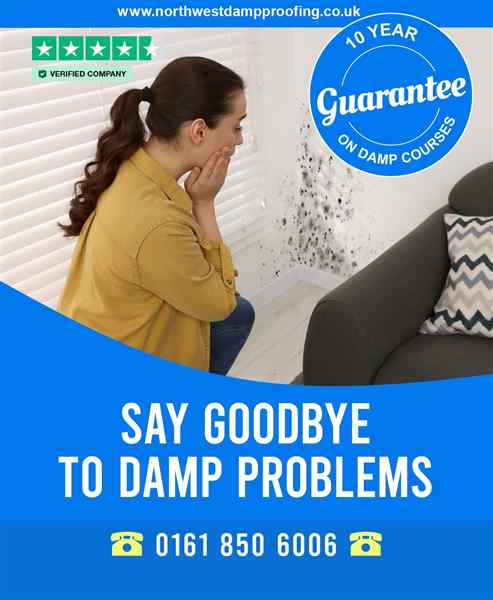The Main Causes of Damp and Mold in your Home
Damp and mold in homes are often caused by a combination of factors related to moisture accumulation and poor ventilation. Here are the main causes:
1. Condensation: This occurs when warm, moist air comes into contact with cold surfaces, such as windows, walls, and mirrors. The moisture in the air condenses into water droplets, which can lead to dampness and mold growth. Common sources of indoor moisture include cooking, bathing, drying clothes indoors, and using unvented heaters.
2. Leaks: Water ingress from leaks in roofs, walls, windows, or plumbing can lead to damp areas, which can encourage mold growth. Leaks can be from rainwater, faulty gutters, or broken pipes.
3. Poor Ventilation: Inadequate ventilation prevents moisture from escaping, allowing it to build up inside the home. This is particularly common in bathrooms and kitchens where a lot of moisture is generated.
4. Rising Damp: This occurs when groundwater rises up through walls and floors, typically due to a lack of a proper damp-proof course or a damaged one. It can cause significant damage to the structural integrity of a building.
5. Flooding: Past flooding incidents, even if they happened a long time ago, can leave behind dampness if the property was not properly dried out afterward.
6. High Humidity: In some climates, high outdoor humidity levels can contribute to indoor dampness, especially if the home is not adequately sealed and ventilated.
7. Structural Issues: Poor construction practices, such as inadequate damp-proofing or insulation, can contribute to moisture problems. For example, cold bridges (areas of a building that are less insulated) can attract condensation.
8. Lifestyle Factors: Everyday activities such as not using extractor fans, keeping windows closed, and not heating the home adequately can exacerbate moisture problems.
Addressing damp and mold issues typically involves identifying and mitigating these causes. This can include improving ventilation, fixing leaks, installing damp-proof courses, using dehumidifiers, and ensuring proper insulation. Regular maintenance and prompt repairs are crucial to prevent and manage dampness and mold growth.




